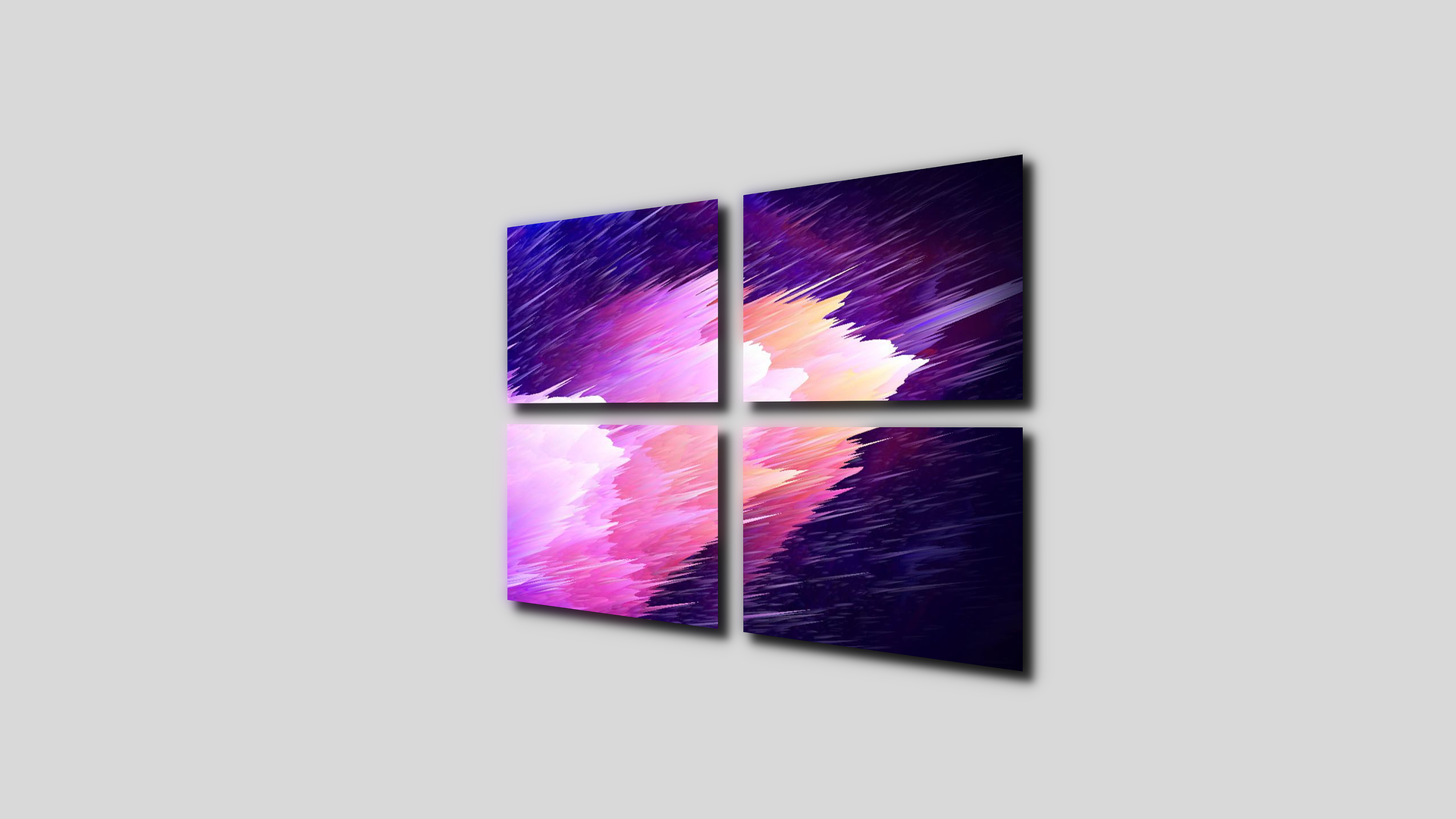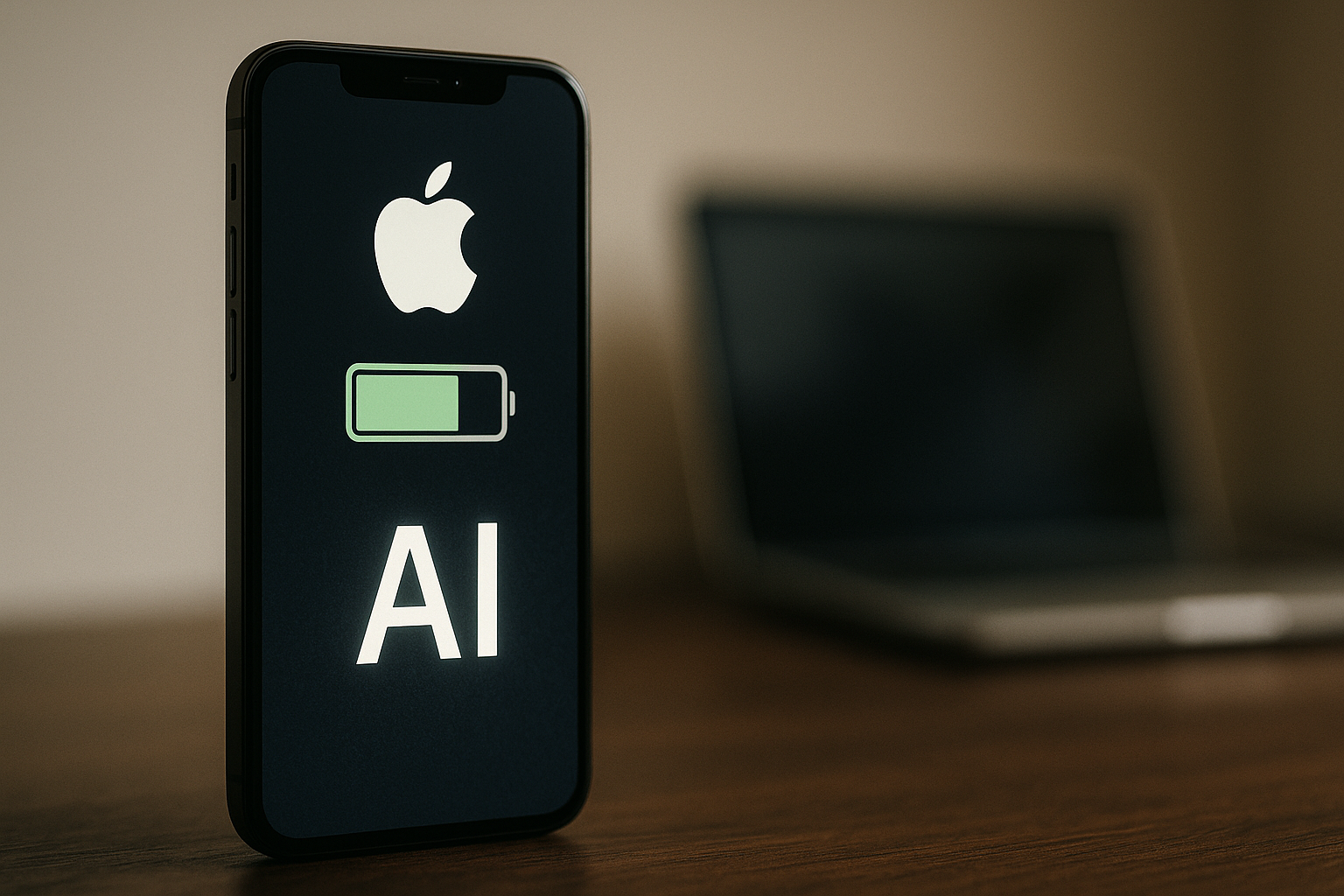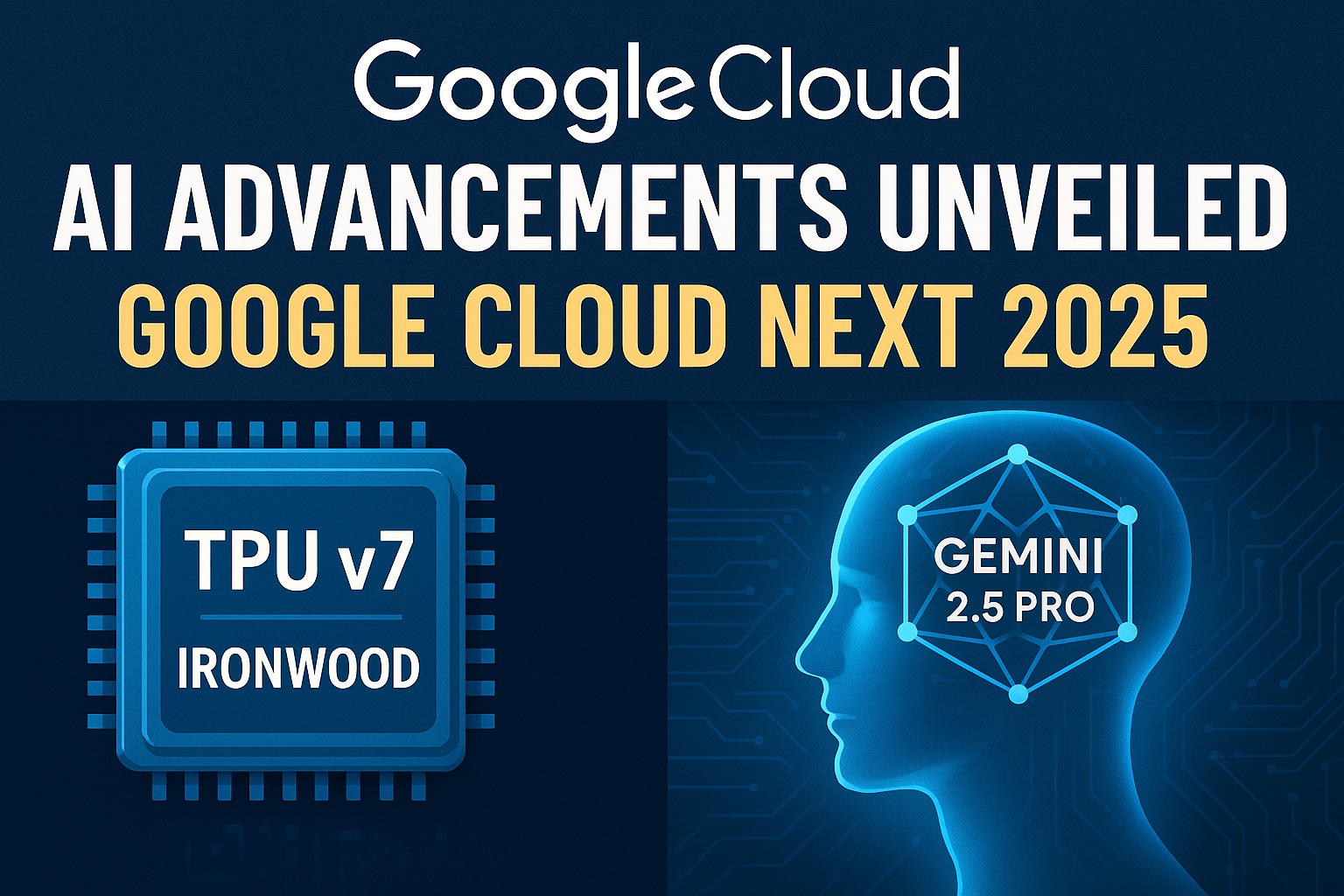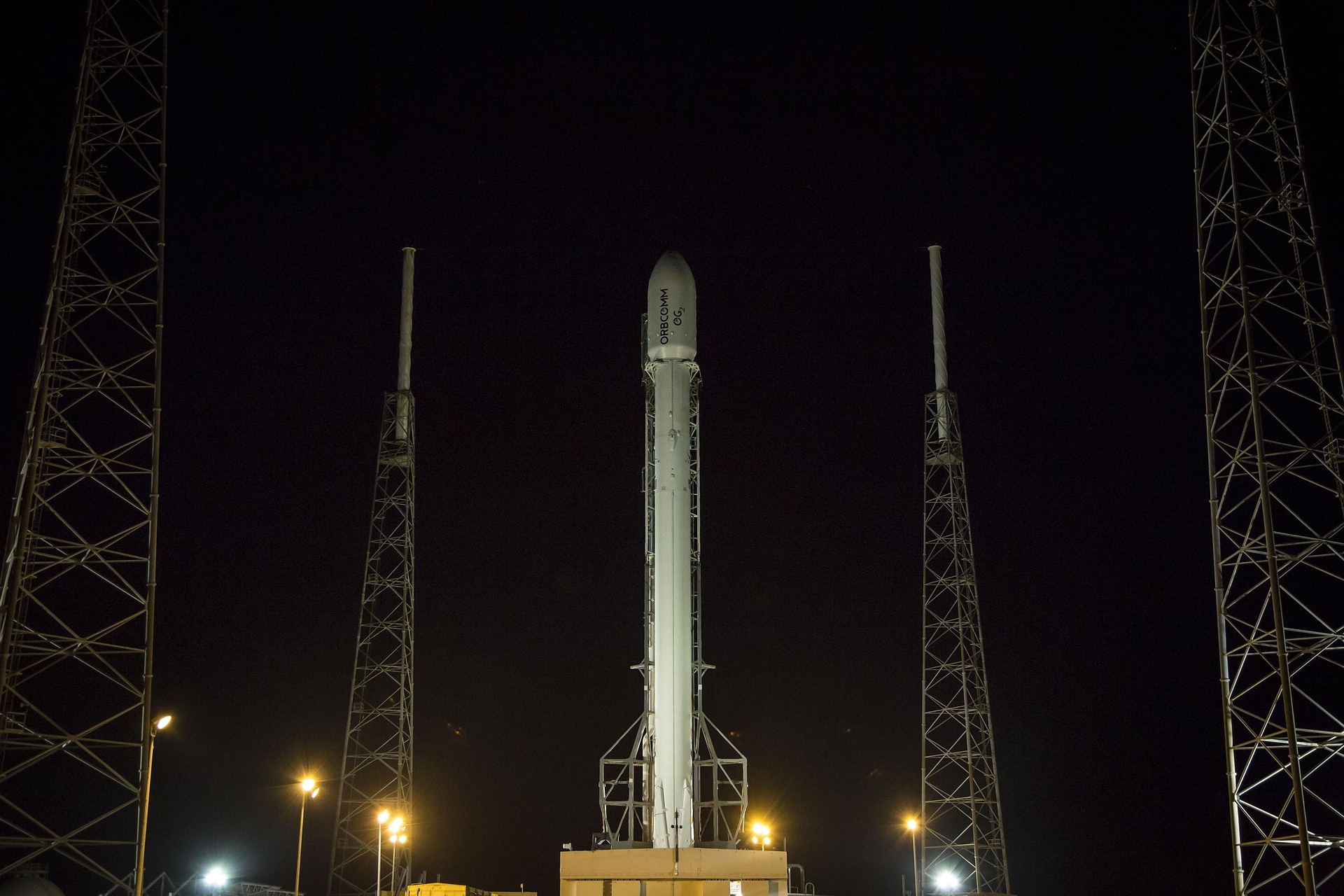In a move that underscores the unpredictable dynamics of the tech world, Elon Musk’s artificial intelligence venture, xAI, has entered into a strategic partnership with Microsoft—the very company Musk is suing. The collaboration, announced during the Microsoft Build 2025 developer conference, will see xAI’s Grok AI models hosted on Azure, Microsoft’s cloud computing platform.
Appearing via pre-recorded video at the event, Musk revealed that Grok 3 and the lighter Grok 3 Mini will now be accessible through Microsoft’s Azure AI Foundry. These models will be available to enterprise clients and Microsoft’s own internal product teams, placing Grok alongside established offerings from OpenAI, Meta, and other AI developers already integrated into Azure’s ecosystem.
From courtroom to cloud platform
What makes this partnership especially intriguing is its timing. Just last year, Musk filed a high-profile lawsuit against OpenAI and its CEO Sam Altman, accusing the company of abandoning its founding nonprofit principles in favor of a lucrative partnership with Microsoft. Musk’s legal team argued that by commercializing closed-source models like GPT-4, OpenAI had violated its original charter and the public interest. Later, the lawsuit expanded to include Microsoft itself, with accusations of antitrust violations and collusion to maximize profit at the expense of transparency and openness.
Given this backdrop, xAI’s decision to collaborate with Microsoft reflects a pragmatic—some might say paradoxical—business approach. For Microsoft, adding Grok to its AI lineup deepens its bench of available models and strengthens Azure’s reputation as a neutral hub for third-party AI tools. For Musk, the partnership provides xAI with a reliable, scalable infrastructure to distribute its models to enterprise users on a global scale.
What makes Grok different?
Launched as an alternative to more mainstream chatbots, Grok has built a reputation for its unfiltered, at times provocative, conversational tone. Musk has positioned it as a more open and “truth-seeking” counterpart to what he sees as overly sanitized AI assistants.
The latest version, Grok-3, was trained on Colossus, xAI’s massive supercomputer powered by approximately 200,000 GPUs. According to xAI, Grok-3 matches or surpasses the performance of GPT-4o on certain benchmarks, including complex math problems and advanced scientific reasoning at the PhD level. These claims, if verified independently, would place Grok in direct competition with OpenAI’s flagship models.
Microsoft’s bigger AI strategy
This partnership isn’t happening in isolation. Microsoft is continuing to push deeper into AI, both in software and infrastructure. At Build 2025, the company also introduced a revamped AI coding assistant—a next-generation evolution of GitHub Copilot—that aims to handle entire programming tasks autonomously, beyond simple code suggestions.
These moves signal Microsoft’s ambition to dominate not just the consumer and enterprise markets, but also the foundational infrastructure of the AI economy. With Grok now onboard, Microsoft strengthens its position as the go-to platform for AI development, regardless of who builds the model.
A marriage of convenience?
Despite the legal wrangling between Musk and Microsoft, the xAI-Azure alliance highlights how tech companies often separate legal battles from business strategy. In a space moving as fast as AI, access to infrastructure, distribution channels, and competitive positioning can outweigh even the most public disputes.
For Musk, this is a calculated bet: while challenging Microsoft and OpenAI’s ethics and business models in court, he’s still leveraging Microsoft’s cloud empire to accelerate xAI’s growth. It’s a move that illustrates the dual-track strategies tech leaders often adopt—fighting on one front while collaborating on another.
In the end, the partnership between xAI and Microsoft is less about reconciling differences and more about mutual utility. It reflects the messy, often contradictory alliances that define today’s AI landscape, where innovation, rivalry, and necessity coexist—sometimes uneasily—under the same digital roof.





